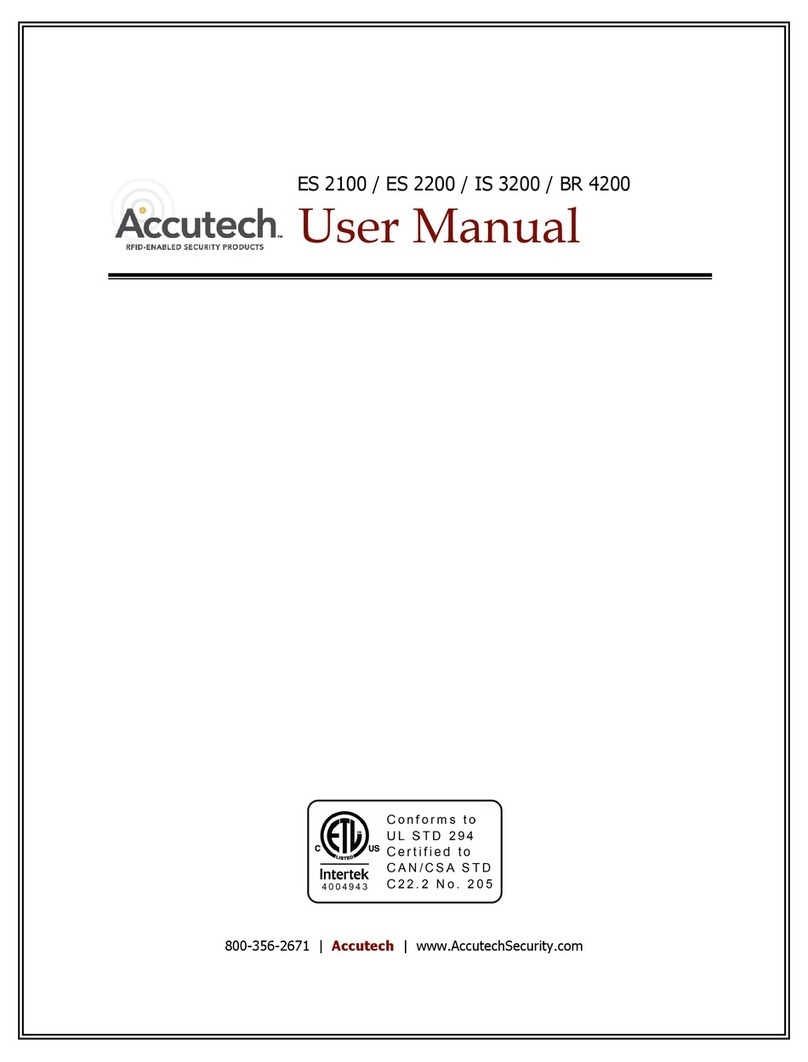
Addressing Door Ajar alarms
A Door Ajar alarm occurs when a door is open
for longer than the preset allotted time.
When a Door Ajar alarm occurs:
1. Go to the alarm location and check to
see if the door is propped open or not
completely closed.
2. Close the door completely.
3. The system may automatically reset or,
if necessary, enter a valid code into the
zone Keypad and/or clear the alarm on
the PC.
Addressing Loiter alarms
A Loiter alarm occurs when a Tag lingers in a
monitored zone for longer than the preset
allotted time.
When a Loiter alarm occurs:
1. Go to the alarm location and check the
following:
a. If a person is loitering in that
zone’s Tx Activation Field?
b. Is a Tag from an adjacent room
being activated by this zone? If
so, call your service technician
for help in addressing this issue.
c. Is there is a misplaced Tag in
the zone?
2. After removing the cause, the system
may automatically reset or, if necessary,
enter a valid code into the Keypad
and/or clear the alarm on the PC.
Addressing Supervisor alarms
A Supervisor alarm occurs when the
performance of the system has been altered due
to tampering or inadvertent acts such as cut
wires, antenna damage, or interference.
When a Supervisor alarm occurs:
1. Go to the alarm location and look for
visible damage to the Accutech
equipment.
2. Check for and remove any objects near
the zone equipment that may be causing
interference (metal carts, monitors or
other medical equipment as well as
personnel using wireless communication
devices).
3. If you locate and correct the cause, the
Supervisor alarm will cease. If
necessary, clear the alarm on the PC.
4. If not, call your service technician for
further assistance.
NOTE: Receiver-related supervise
events can be reset by the Keypad for
the duration of the supervise interval.
This will silence the alarm for up to 16
hours.
Addressing Tamper alarms
A Loiter alarm occurs when the LS2400 cover
panel has been tampered, removed, or
obstructed. Inspect the case for proper
installation.




























